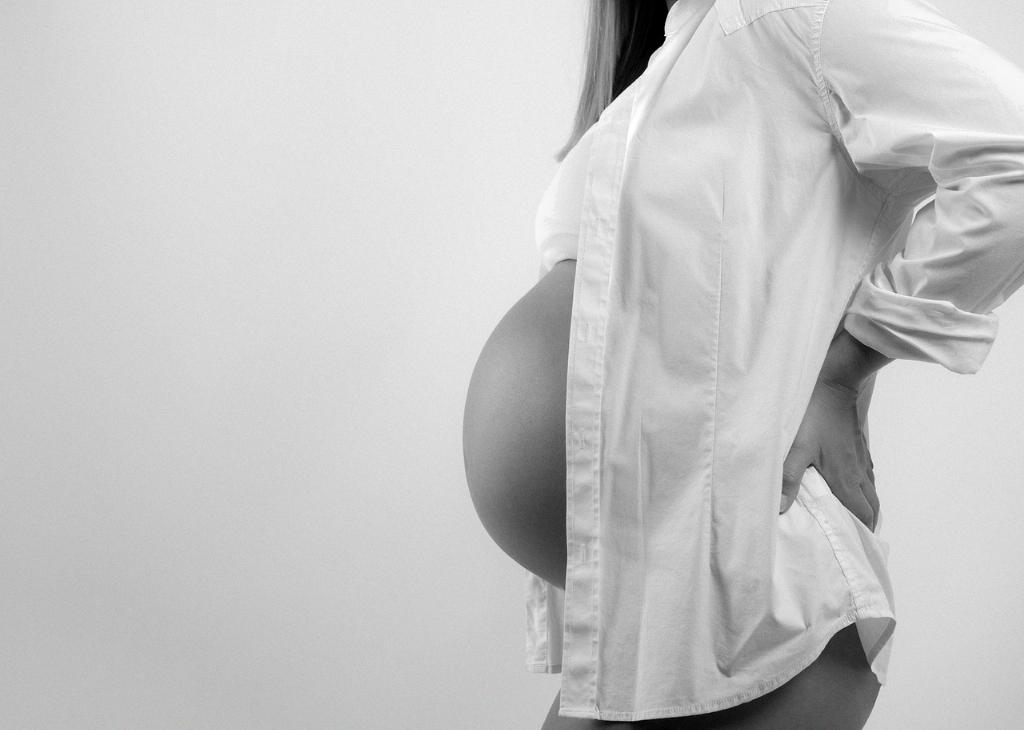After undergoing a D&C, it is essential to prioritize your post-operative care to ensure a smooth recovery process. The precautions you take during this period can significantly impact your overall well-being and health. Here are some crucial steps to consider following a D&C procedure.
1. Monitor Vaginal Bleeding
It is common to experience spotting or light vaginal bleeding for a few days after a D&C. Monitoring the amount and duration of bleeding can help you assess your recovery progress. If you notice excessive bleeding or large clots, contact your healthcare provider immediately.
2. Manage Cramping
Expect to experience cramping for the first few days post-procedure. Over-the-counter pain medication can help alleviate discomfort. If your cramps are severe and persistent, consult your doctor for further evaluation.
3. Avoid Certain Activities
Refrain from douching, using tampons, or engaging in sexual intercourse for at least two to three days after a D&C, or as advised by your healthcare provider. These activities can introduce bacteria into the reproductive tract and increase the risk of infection.
4. Rest and Hydrate
Give your body ample rest to recover from the procedure. Stay hydrated by drinking plenty of fluids to facilitate healing and prevent dehydration. Adequate rest and hydration are crucial for a speedy recovery.
5. Follow Dietary Recommendations
Your doctor may provide specific dietary guidelines to support your recovery. Following a balanced diet rich in nutrients can aid in the healing process and replenish essential vitamins and minerals lost during the procedure.
6. Attend Follow-Up Appointments
Make sure to attend all scheduled follow-up appointments with your healthcare provider. These visits allow your doctor to monitor your recovery, address any concerns, and make necessary adjustments to your treatment plan.
7. Observe Signs of Infection
Be vigilant for signs of infection, such as fever, severe abdominal pain, foul-smelling discharge, or worsening bleeding. Promptly report any unusual symptoms to your healthcare provider for timely intervention.
8. Practice Gentle Hygiene
Practice good hygiene by keeping the vaginal area clean and dry. Use mild, unscented soaps and avoid harsh chemicals or perfumed products that can irritate sensitive tissues. Proper hygiene can reduce the risk of infections.
9. Embrace Emotional Support
Recovering from a D&C can be emotionally challenging. Seek support from loved ones, friends, or a counselor to navigate your feelings and emotions during this period. Processing your emotions is an essential aspect of your overall recovery.
10. Resume Normal Activities Gradually
Gradually ease back into your daily routine and physical activities as you feel comfortable. Avoid strenuous exercise or heavy lifting in the immediate post-operative period to prevent complications and support healing.
11. Prioritize Self-Care
Engage in self-care practices that promote relaxation and well-being. Take time for yourself, practice mindfulness or relaxation techniques, and engage in activities that bring you joy. Your mental and emotional well-being are integral to your recovery.
12. Communicate with Your Healthcare Provider
Openly communicate with your healthcare provider about any concerns, questions, or changes in your condition. Your doctor is your partner in recovery and can provide valuable guidance and support throughout the post-operative period.

